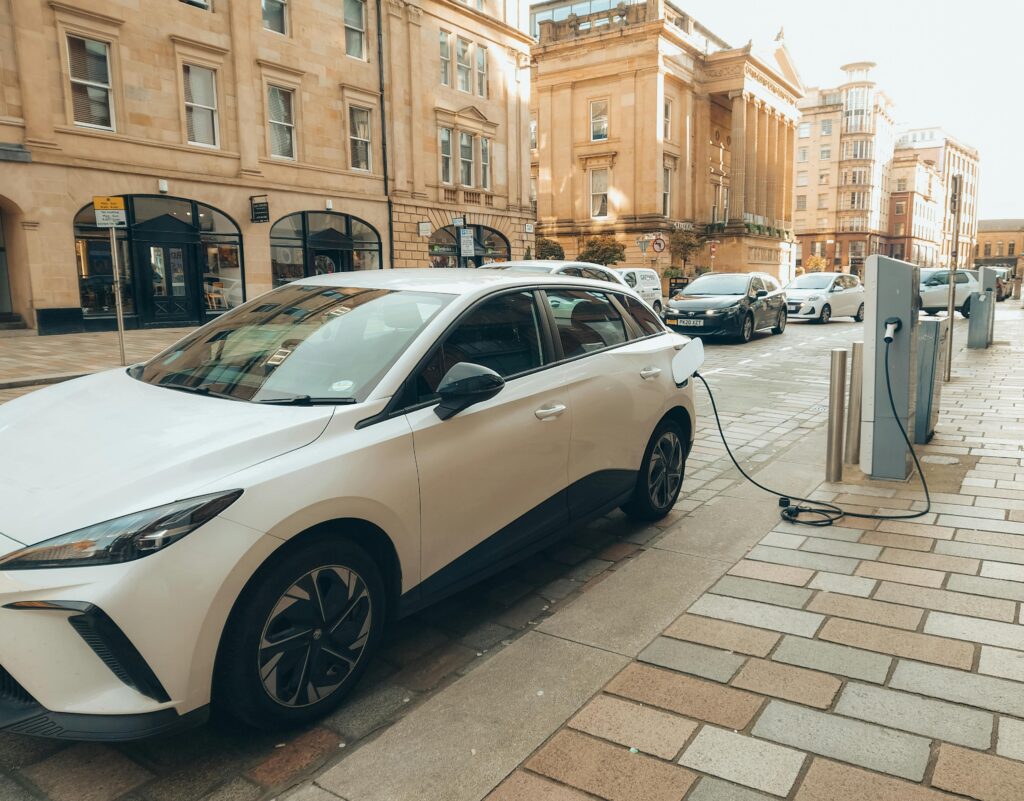Introduction
Electric vehicles (EVs) are being seen as the future of transport, not just in India but worldwide. As climate change becomes a pressing issue and fuel prices continue to rise, EVs are being promoted as a cleaner, smarter solution. But is India really ready for this massive shift?
Context
In the last few years, India has launched schemes like FAME (Faster Adoption and Manufacturing of Hybrid and Electric Vehicles) and offered subsidies on EV purchases. Major auto companies like Tata, Ola, Mahindra, and even startups are entering the EV market. However, challenges like poor charging infrastructure, high vehicle costs, and rural unawareness raise serious concerns.
Arguments in Favour (YES Side)
Government support and subsidies:
Schemes like FAME-II and state-level incentives make EVs more affordable and encourage both manufacturers and buyers to adopt electric mobility.
Eco-friendly solution:
EVs produce zero tailpipe emissions, helping combat air pollution and reduce India’s carbon footprint, especially in metro cities.
Reduced dependency on oil imports:
EVs reduce India’s need for crude oil, saving billions in foreign exchange and improving long-term energy security.
Rising consumer awareness:
Urban youth are becoming more environmentally conscious and are actively considering EVs for daily commute and eco-lifestyle choices.
Boost to innovation and startups:
Indian startups are developing advanced batteries, charging tech, and green mobility solutions, generating jobs and boosting the economy.
Lower running and maintenance costs:
Electric vehicles are cheaper to maintain and run in the long term due to fewer moving parts and low energy cost.
Private investment and competition:
Companies like Tata, Ather, Ola, and MG are investing heavily, improving quality, affordability, and innovation in the EV space.
Policy targets and government push:
The government’s target of 30% EV penetration by 2030 shows a serious commitment to cleaner transportation.
Global environmental alignment:
EVs support India’s international climate goals under agreements like COP26 and the Paris Agreement.
Electric two-wheelers gaining traction:
Affordable electric bikes and scooters are seeing quick adoption among delivery agents, college students, and urban workers.
Also Read: Automated Cars – Boon or Risk?
Arguments Against (NO Side)
Lack of charging infrastructure:
EV charging stations are scarce in most towns and highways, limiting usage beyond metro cities.
High upfront cost:
Despite subsidies, EVs are still costlier than petrol/diesel options in the same segment, especially for the middle class.
Range anxiety and slow charging:
Most EVs offer limited range per charge and require hours to recharge, unlike the quick refueling of petrol pumps.
Coal-powered electricity defeats purpose:
A large part of India’s electricity still comes from coal, reducing the eco-benefits of electric vehicles.
Limited awareness in rural India:
A major portion of the population is unaware of EV options, subsidies, or their long-term benefits.
Lack of battery recycling systems:
India lacks proper infrastructure to handle used EV batteries, posing future environmental hazards.
Climate sensitivity of batteries:
EV batteries may perform poorly in extreme heat or cold, making them less reliable in some regions.
Underdeveloped resale market:
There’s still hesitation around the resale value and lifespan of electric vehicles compared to traditional cars.
Risk of overloading power grid:
Mass EV adoption without planning can strain India’s power grid, causing outages in some regions.
Fewer EV models and choices:
Buyers still have limited variety in the EV market, especially in the budget and SUV categories.
Balanced Conclusion
India has taken bold steps toward embracing electric mobility, and urban areas are slowly adapting. However, true readiness demands better infrastructure, public awareness, and affordability. The foundation is being laid, but there’s still a long road ahead before India can truly call itself EV-ready.
Quick Summary
- EVs are clean, supported by the govt, and gaining popularity
- But India lacks infrastructure, affordability, and rural awareness
- India is on the path — but not yet fully ready for mass EV adoption
FAQs
Q1. What is the FAME scheme for EVs in India?
FAME (Faster Adoption and Manufacturing of Hybrid and Electric Vehicles) is a government scheme that provides subsidies to promote electric vehicles in India.
Q2. Which companies are leading the EV market in India?
Tata Motors, Ola Electric, Ather Energy, and Mahindra are among the top Indian EV companies.
Q3. Is charging infrastructure improving in India?
Yes, but very slowly. Urban cities are seeing more charging stations, but rural and highway coverage remains poor.


